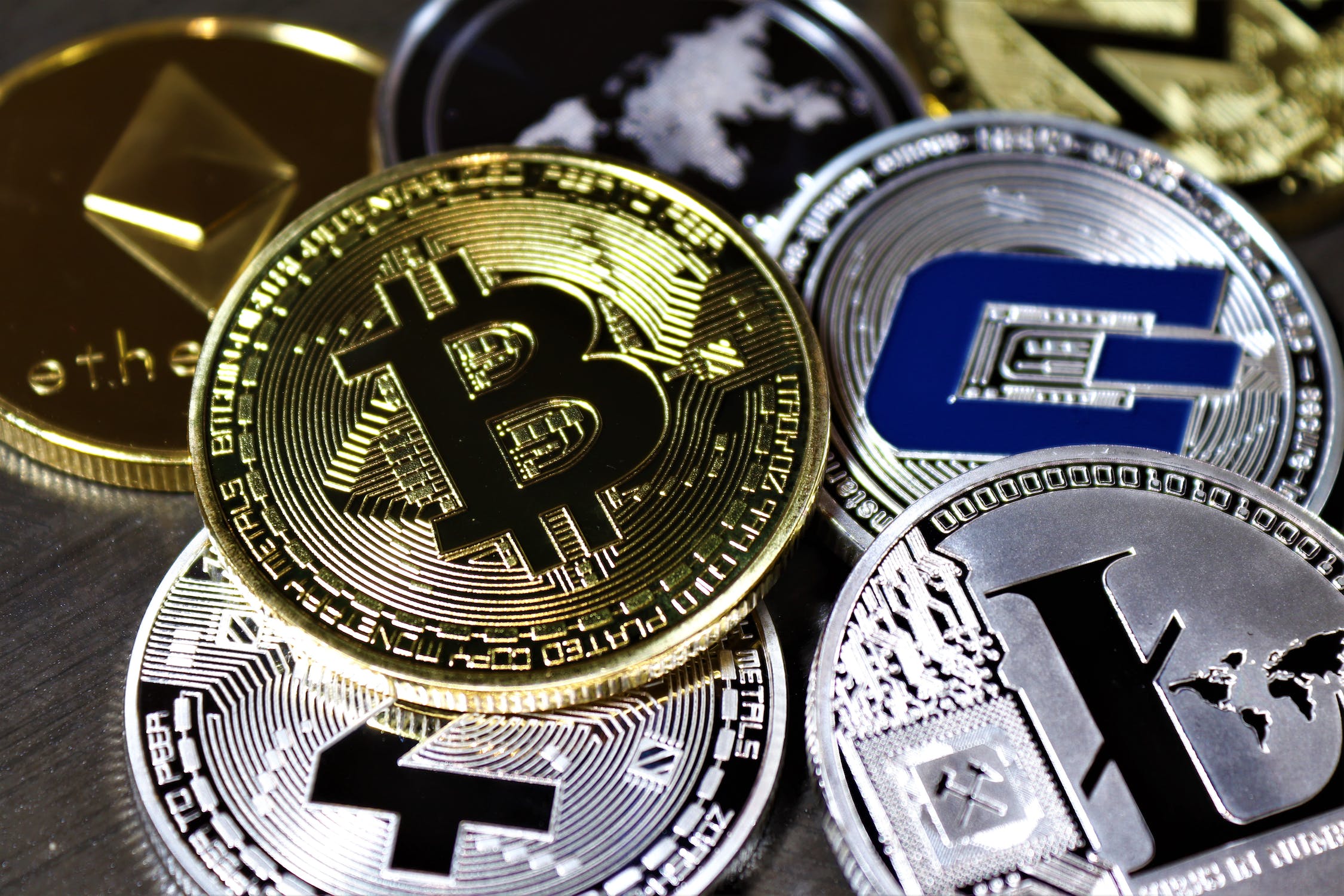Table of Contents
Cryptocurrency is no longer a fringe experiment—it has grown into a force that challenges the financial markets, influences government economic systems, and incites technological breakthroughs. This digital asset promises giant rewards, but investors are getting wary of its notorious volatile nature. Its high entry barriers, shifting regulations, and operational challenges continue to make crypto trading difficult to navigate, keeping both beginners and experienced investors on the edge.
The good news is that automated trading platforms are helping to streamline execution, as blockchain analytics continue to provide clarity, which in turn secures the assets. To walk away from crypto investment is to reject modern finance, but embracing it can open the doors to an innovative and transformative financial life.
This article reveals five efficient methods of investing and the risks you must overcome before jumping into them.
Ways to Invest in Cryptocurrency

1. Direct purchase of coins
The most direct route is to buy Bitcoin, Ethereum, or altcoins on an exchange platform. Assets are stored in hot wallets for fast availability or cold wallets for security. This solution provides full ownership, but primary protection lies in your own hands. With over $178 billion daily crypto trading volume, liquidity offers entry whenever desired, but careful management of risk is essential.
2. Crypto ETFs and Funds
Exchange-Traded Funds (ETFs) bridge Wall Street to the blockchain. They track a portfolio of cryptocurrencies and diversify exposure without holding regulated assets. For mass market investors, ETFs provide regulation and convenience without control of private wallets. BlackRock’s iShares Bitcoin Trust exceeds $25 billion in assets under management, and retains its leadership in the ETF space, demonstrating that mass market institutions are comfortable with structured crypto investments. Compliance and diversification make ETFs a more secure on-ramp.
3. Yield Farming and Staking
Staking token funds in Proof-of-Stake blockchains enables investing in tokens, voting on transactions, and earning passive returns. Yield farming goes one step ahead and lends cryptocurrency to DeFi protocols to reap higher returns. Returns of 5% to 20% per annum, but risk accelerates with volatility. Staking stabilizes networks, and farming maximizes dormant assets. Both strategies freeze capital to blockchain adoption, rewarding endurance over time through compounding returns.
4. Crypto Mining
Mining is the bread and butter of proof-of-work blockchains like Bitcoin. Powerful rigs churn through algorithms, validate blocks, and are rewarded in currency. A garage operation in earlier times, it now requires industrial farms, alternative energy sources, and complex cooling systems. It consumes over 138 TWh of electricity annually, energizing sustainability arguments. For technically savvy investors, mining is expensive but profitable.
5. Crypto Derivatives
Futures, options, and perpetual swaps push investors to hedge or speculate without holding back their coins. This professional tool employs leverage of losses and gains, calling for accuracy. Derivatives accounted for 76% of total crypto trading volume in 2025, reflecting professional use. Derivatives enable leverage, shorting, and complex strategies—ideal for savvy investors who perform well under adverse conditions. Disciplined action is necessary in embarking on this route.
Major Risks to Keep in Mind
1. Volatility
Volatility is the stuff of legend with cryptocurrencies. Prices double in hours and cut in half in hours, spurred by speculation, sentiment, or global news. This volatility is an opportunity but also vengeance for free-wheeling traders. Emotional reactions—greedy pursuit or panic disposal—destroy portfolios. Traders require disciplined entry and exit strategies, reserve liquidity, and a strategy-driven, long-term strategy to survive.
2. Regulation changes
The regulatory climate for crypto remains uncertain. Governments worldwide continue to introduce new regulations, bans, and taxation regimes that directly affect prices and adoption. For example, sudden Chinese bans wiped out billions of market value overnight. While overt regulation provides legitimacy, uncertainty makes individuals tread carefully. Watch out for what is unfolding in the U.S., EU, and Asia, as evolving legal infrastructures directly affect stability over the long term.
3. Security Breaches
Security is the Achilles’ heel of crypto. Hacking, exchange hacks, and phishing scams have stolen billions from unsuspecting investors. DeFi lost more than $2.2 billion to smart contract exploits in 2024 alone (Chainalysis). Unlike traditional finance, stolen crypto is typically unrecoverable. To mitigate, investors must depend on cold storage, hardware wallets, strong passwords, and multi-signature schemes. Vigilance and personal responsibility remain non-negotiable.
4. Scams and Rug Pulls
Crypto’s open universe attracts innovation—and scams. Rug pulls, hype scams backed by influencers, and scam tokens lure investors into DOA projects. Rug pulls represented 37% of all crypto scams in 2024, burning investor money worth millions. To stay safe is to be careful: read technical whitepapers, check project audits, review developer reputation, and fight FOMO. Greed gets the better of judgment in crypto, so knowledge is the best defense.
5. Energy Issues
Crypto’s most demonized issue is energy consumption. Proof-of-work mining alone already consumes over 100 TWh annually, equivalent to the energy consumption of whole nations. This ecological legacy elicits regulatory focus and damages public opinion. But all is not doom: renewable-powered mining, efficiency, and the growing shift towards proof-of-stake. Investors must prioritize sustainability as a risk factor because lagging erodes industry profitability and legitimacy in the long run.
Frequently Asked Questions (FAQs) About Cryptocurrency Investment
Is cryptocurrency a safe investment?
Cryptocurrency is safe, but very risky, due to its volatility, susceptibility to fraud, and questionable regulation. With proper strategy, secure storage, and diversification, it can be handled safely, but not risk-free.
Can I invest using small capital?
Yes. Most exchanges support fractional purchases from as little as $10. Small start-ups reduce exposure and give actual market experience.
How do I safeguard my assets?
Use cold wallets, hardware keys, and two-factor authentication. Don’t keep large amounts on exchanges. Security is an individual responsibility in crypto.
Is staking superior to trading?
Staking generates consistent passive income, whereas trading aims for quick profit. It’s a matter of risk tolerance and time availability. Most do both.
Are crypto ETFs superior to purchasing coins directly?
ETFs allow exposure without wallet upkeep and control. Control includes security risk in direct coin ownership. Investors should be cautioned to align choices with intention and risk tolerance.
Conclusion
Cryptocurrency investment is no longer a bet on the future—it is a frontier of finance now. The tools exist: direct investment, ETFs, staking, mining, and derivatives. Each path has its chance and danger. Volatility, hacks, and regulation are storms to endure, but technology and strategy transform chaos into profit. To wait is to lose transformation; to invest with knowledge is to take tomorrow’s riches today. Invest not out of fear, but with knowledge, discipline, and innovation guiding you.
Last updated on September 22, 2025

